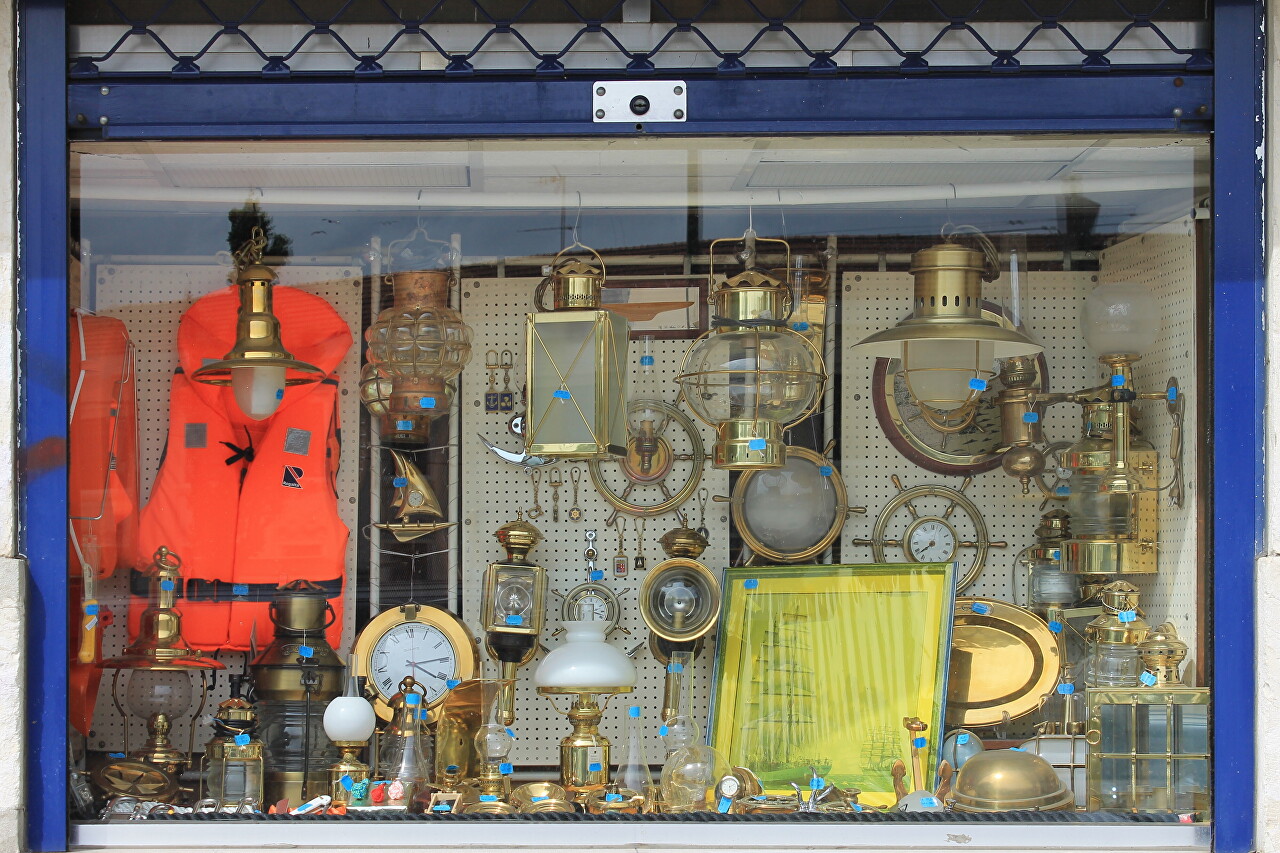Bica Quarter, First Acquaintance
Below Bairro Alto, on a steep slope, is the Bairro da Bica district, whose streets run down to the banks of the Tagus River. This quarter is famous for the Elevador da Bica funicular, which connects Largo de Calhariz and Rua de São Paulo. The funicular was built in 1892 under the supervision of engineer Raoul Mesnier du Ponsard, who also built the famous Gloria funicular.
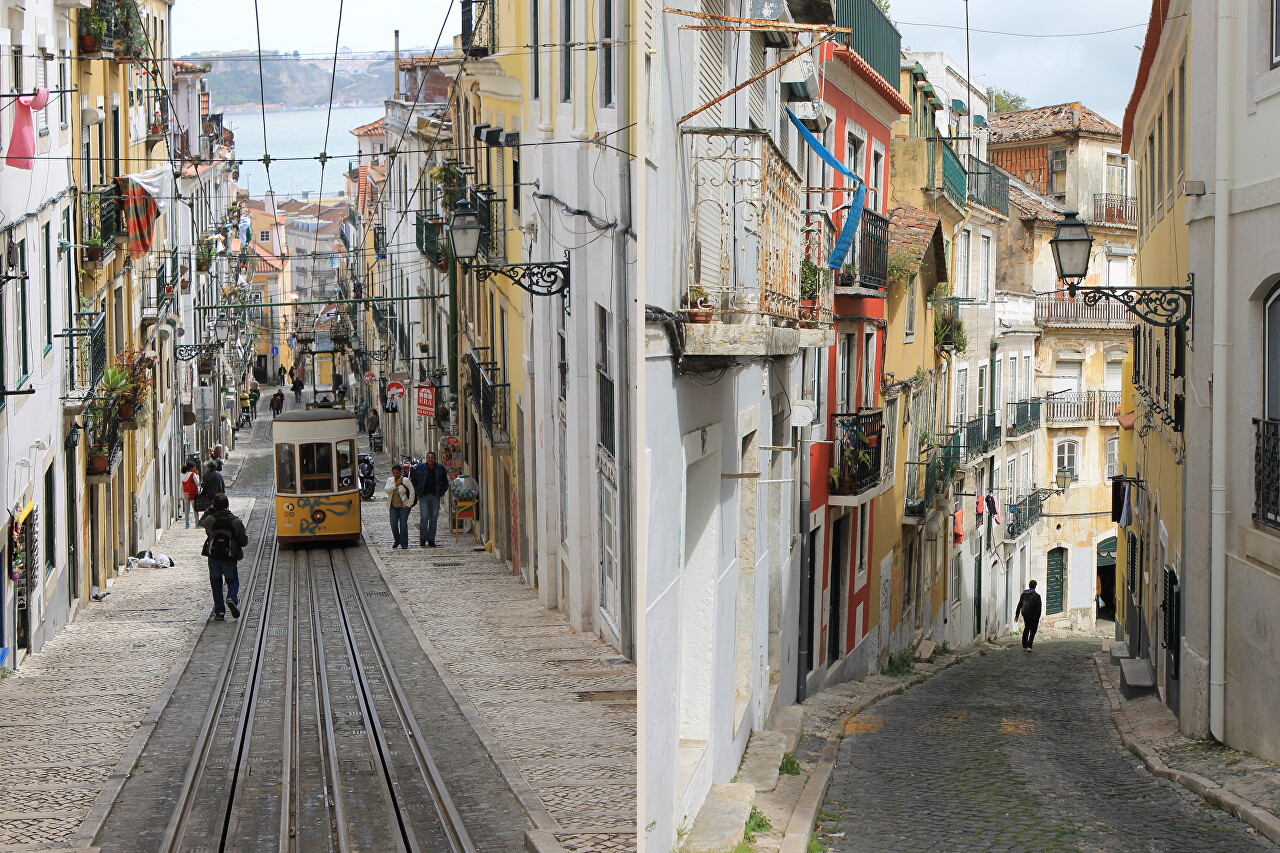
The area of Bika is not often mentioned in guidebooks, there are no iconic sights here, but I decided not to go down by funicular, but to walk. Here, away from the hustle and bustle of the main streets, ordinary people live with their daily affairs and worries. This is the real, authentic Lisbon.
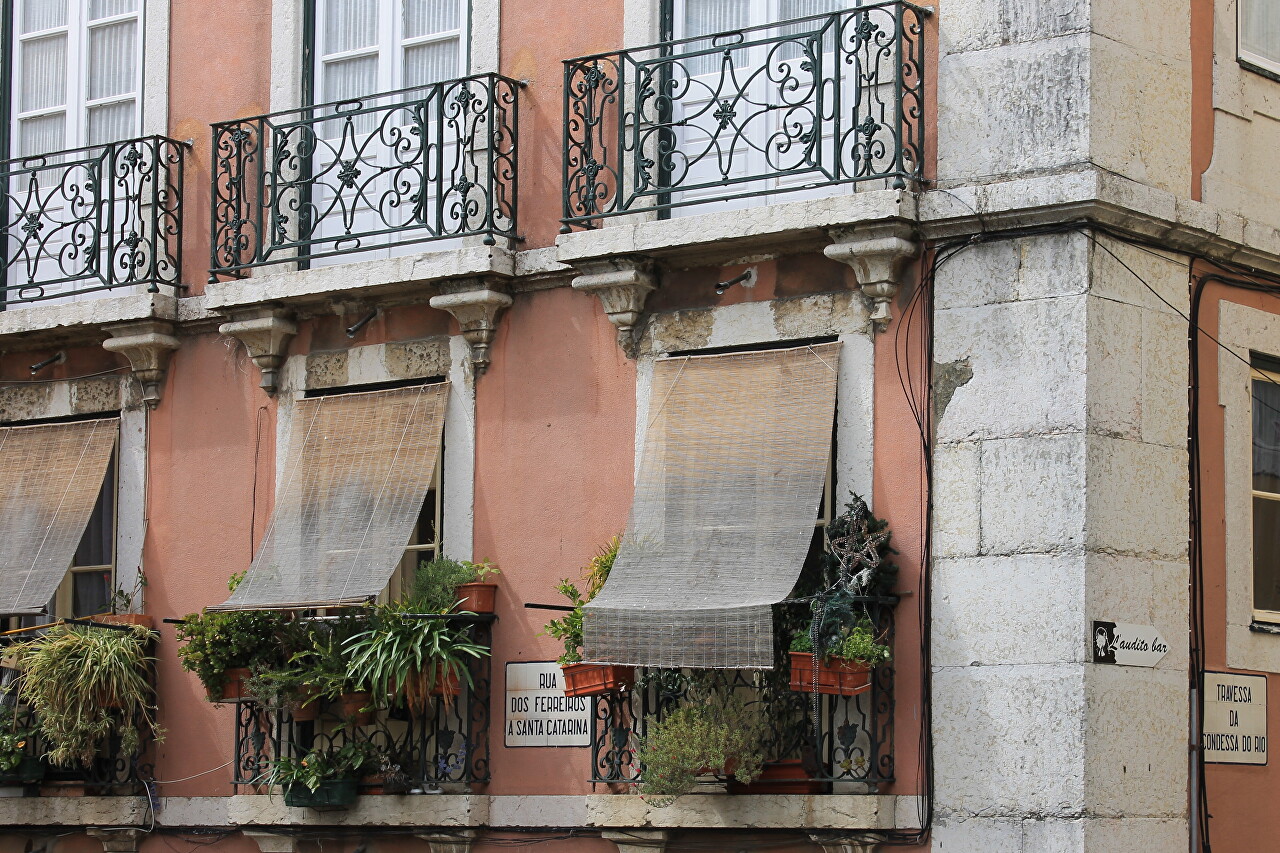
The history of the quarter began in 1597, when a large landslide made the slope of the hill on which the Bairro Alto quarter was located more gentle. Gradually, this slope was inhabited by people who were somehow connected with the sea, because below, on the riverbank, there were port docks and shipyards. Now in these neighborhoods, away from the hustle and bustle of the main streets, ordinary Portuguese people live, with their daily affairs and worries.
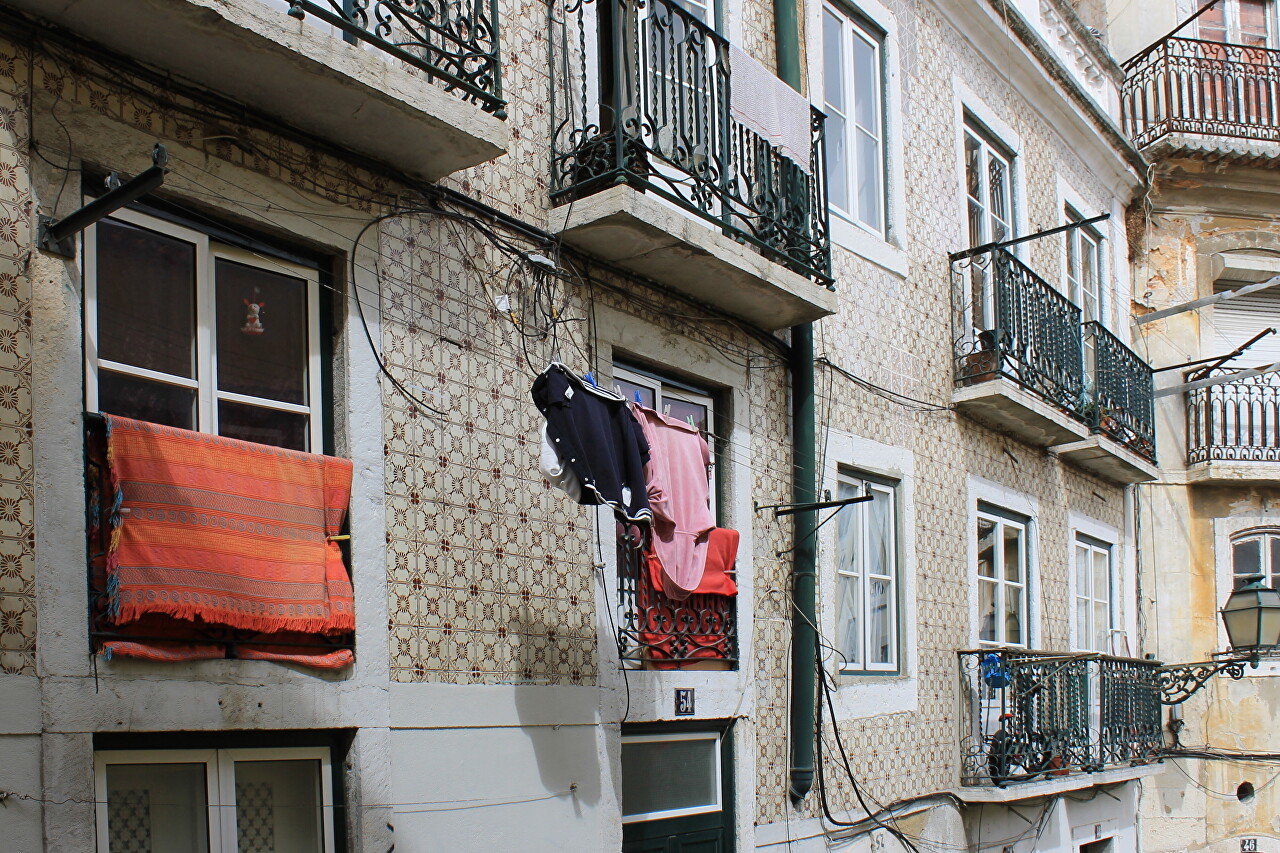
From top to bottom, the block is crisscrossed by streets-stairs, dividing it into three parts, one of which I went down to the Rua de São Paulo, the main thoroughfare of the district.
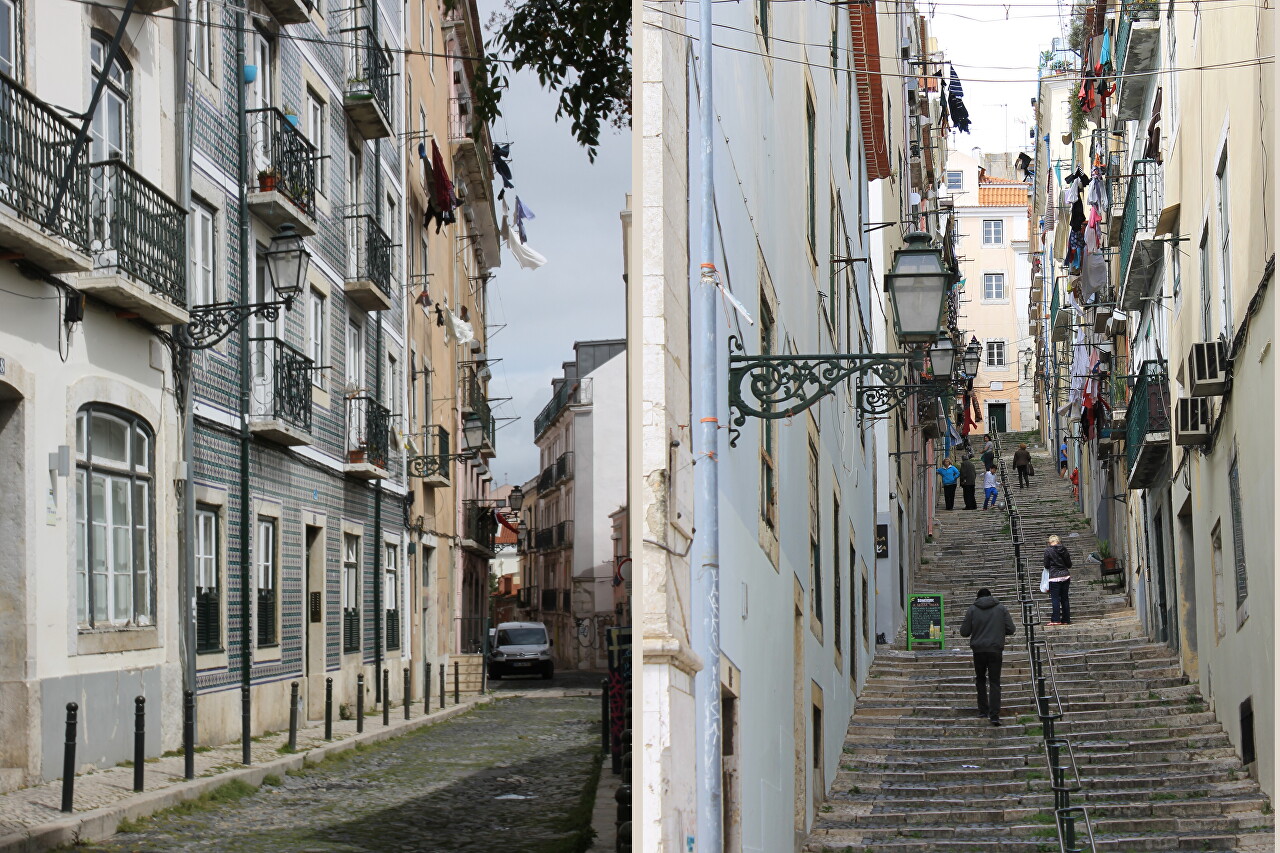
Shops on Rua de São Paulo differ somewhat from the central ones in both the assortment and prices. They do not sell products of well-known brands, but you can buy quite good clothes and shoes at a very modest price. In addition, there are many shops with commission goods of a wide variety of topics. Prices are quite affordable, "non-tourist".
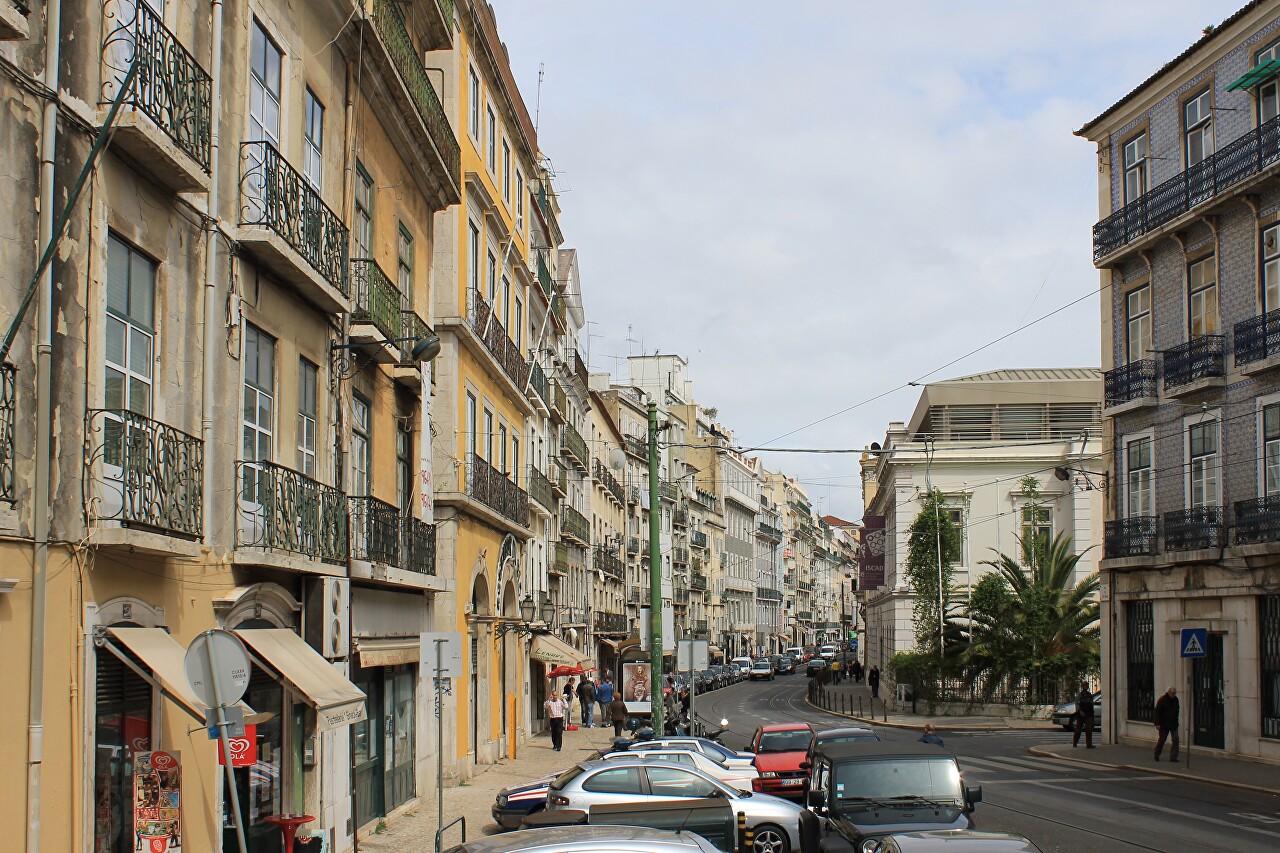
The area is not rich, old things are not thrown away here in a hurry. On the street, I saw several workshops where they repair household appliances, clothing, and furniture.
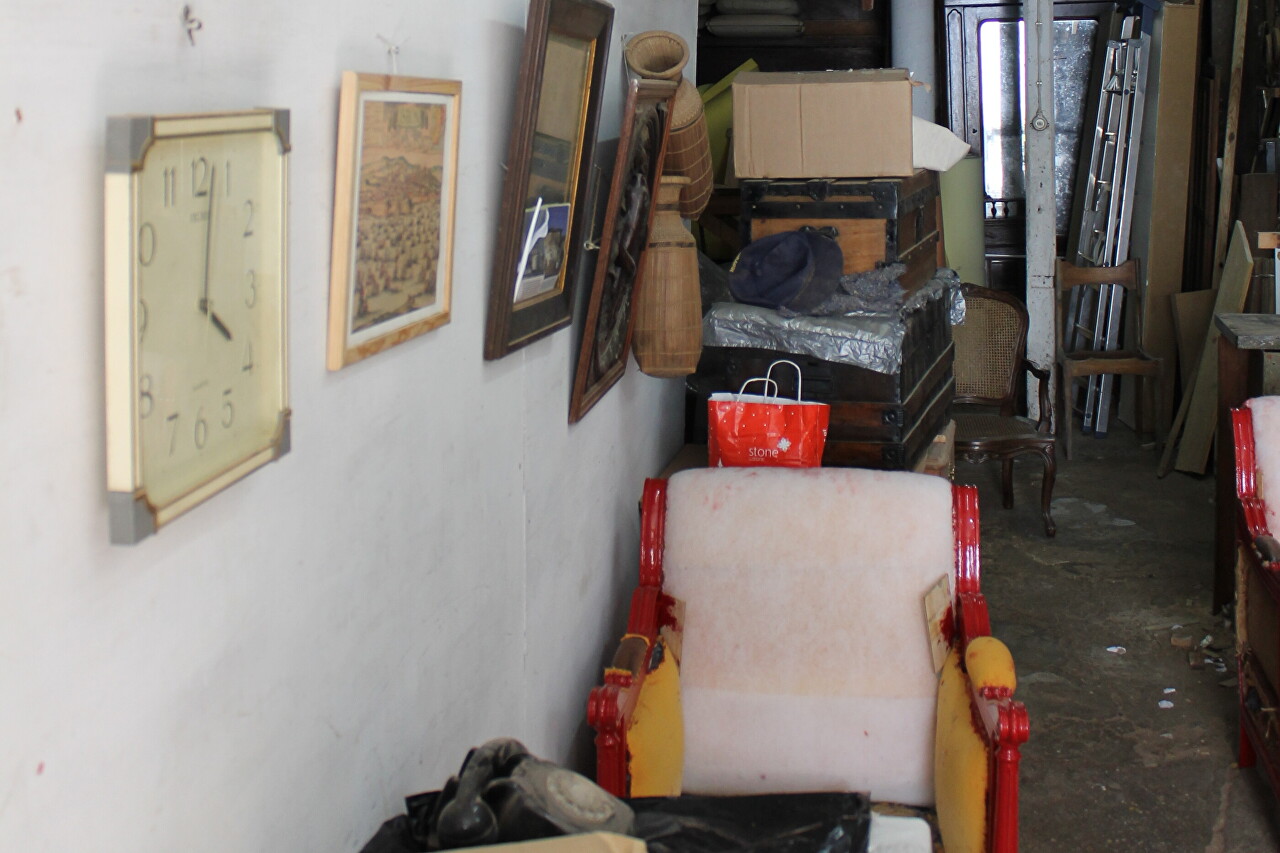
In the shop windows you can see the most unexpected products. In this shop you can buy absolutely everything-from an old file to a car radio.
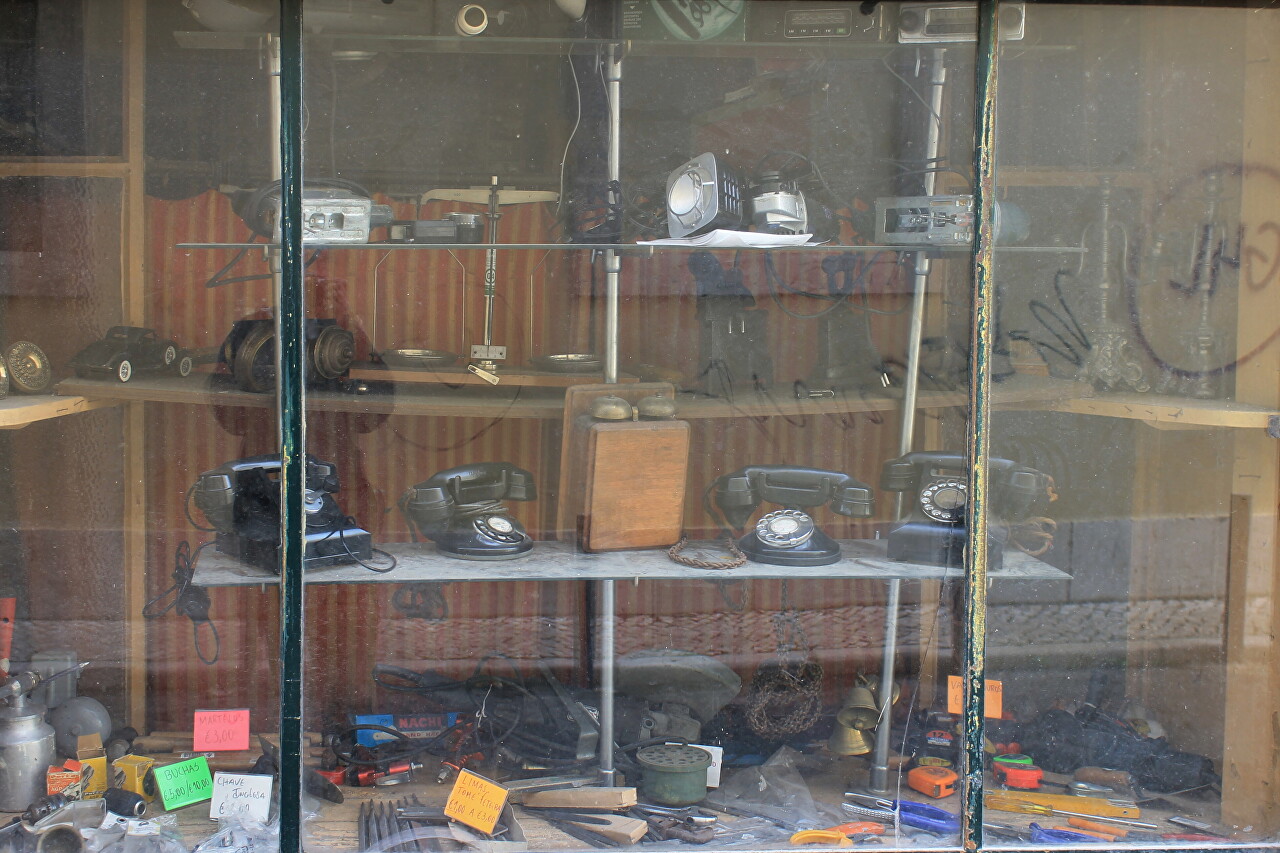
Old telephones take pride of place in the window. By the way, there is a Communication Museum nearby (Museu das Comunicações, on the map).
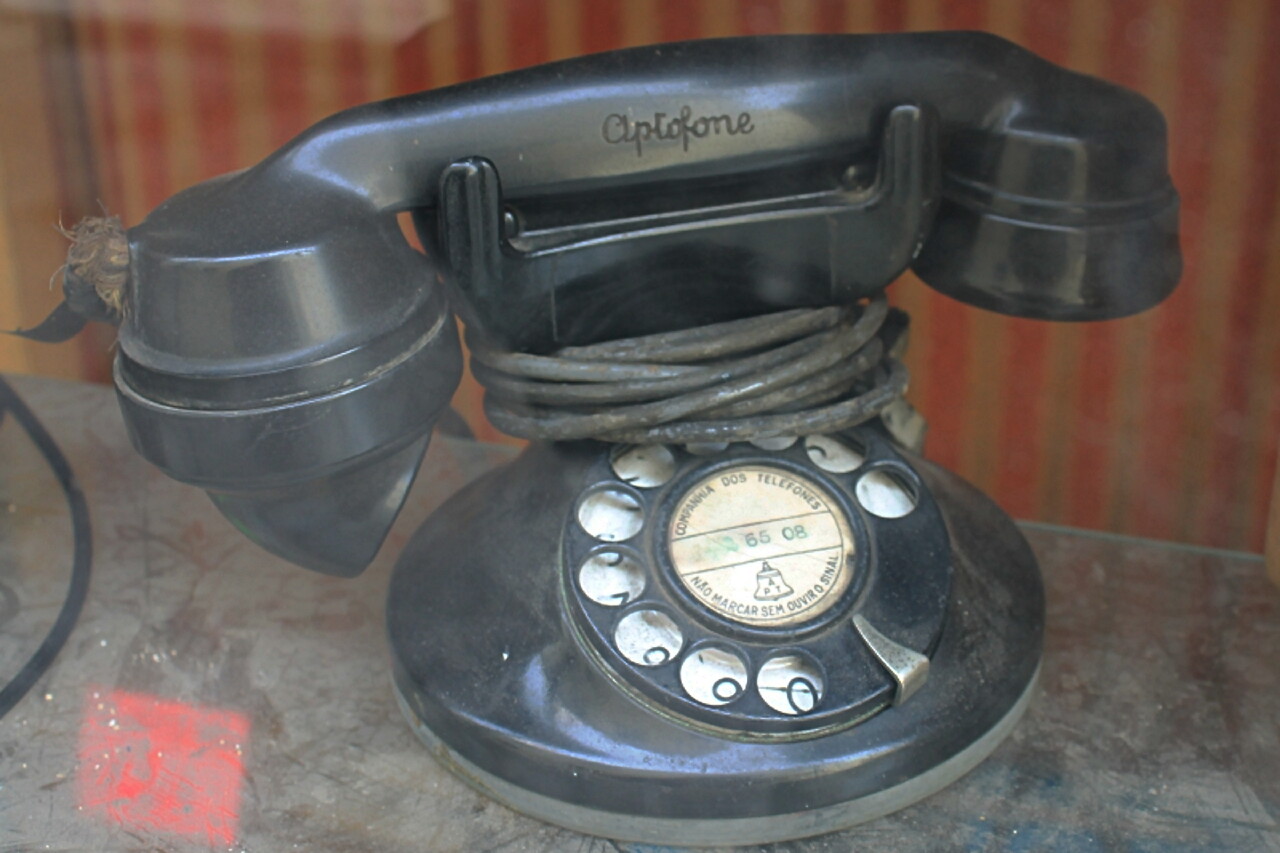
While I was looking at the storefronts and facades of houses, two extravagantly dressed signorinas of Latin American appearance approached me, offering me a creative and unforgettable time in four languages. The cost of the attraction was immediately announced - 50 euros, which was clearly beyond reasonable limits. On the streets of the Bika quarter, I did not meet a single person with a camera, and I came to the conclusion that this area is unfamiliar to the mass tourist. Perhaps that's why I attracted the attention of the girls, who, in turn, rolled out an insane price for a fool (the average in Europe is 20 euros per hour).
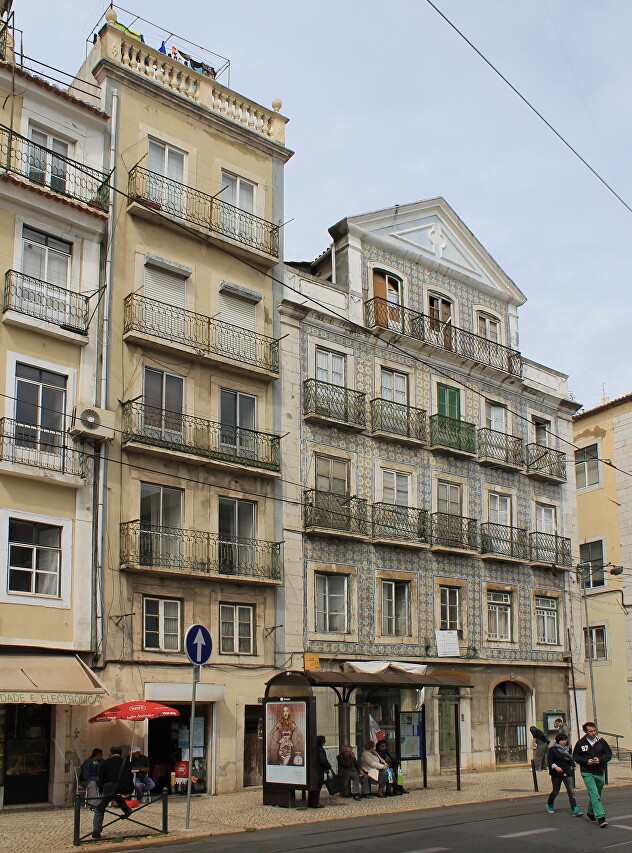
The Church of Sao Paulo (Igreja de São Paulo) is located in the square of the same name (Praça de São Paulo). It was built in 1768 on the ruins of a 15th-century church destroyed by an earthquake in 1755. The project was designed by architect Francisco Remígio de Abreu. The church and square are a classic example of the style typical of the era of the restoration of the destroyed city under the leadership of the Marquis de Pombal (Marquês de Pombal), later this style became known as Pombaline.
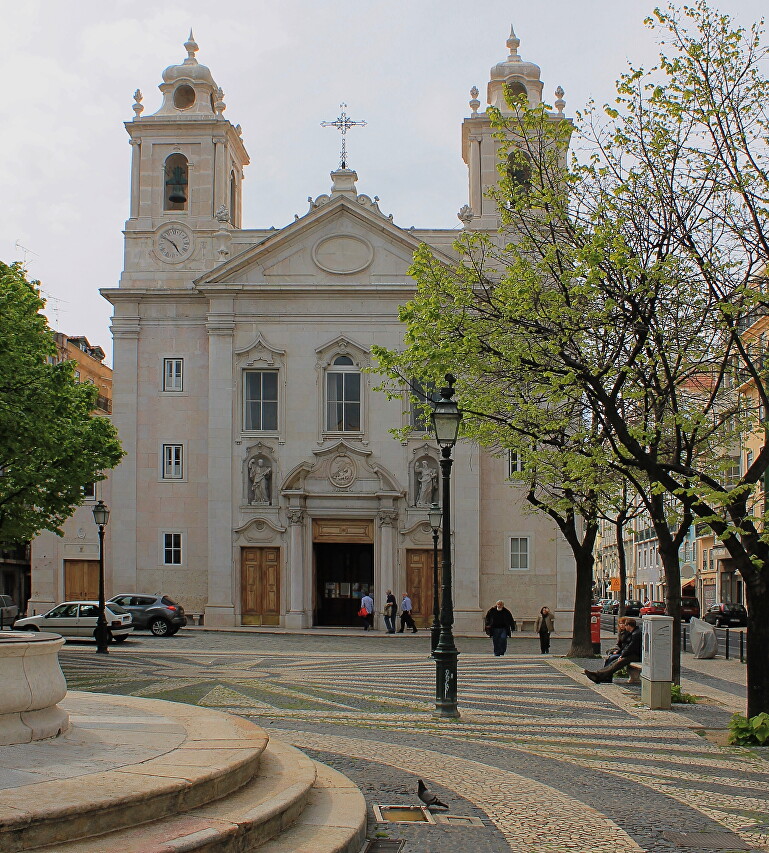
On the square, I saw another interesting shop window of lamps and watches made in the marine style.
